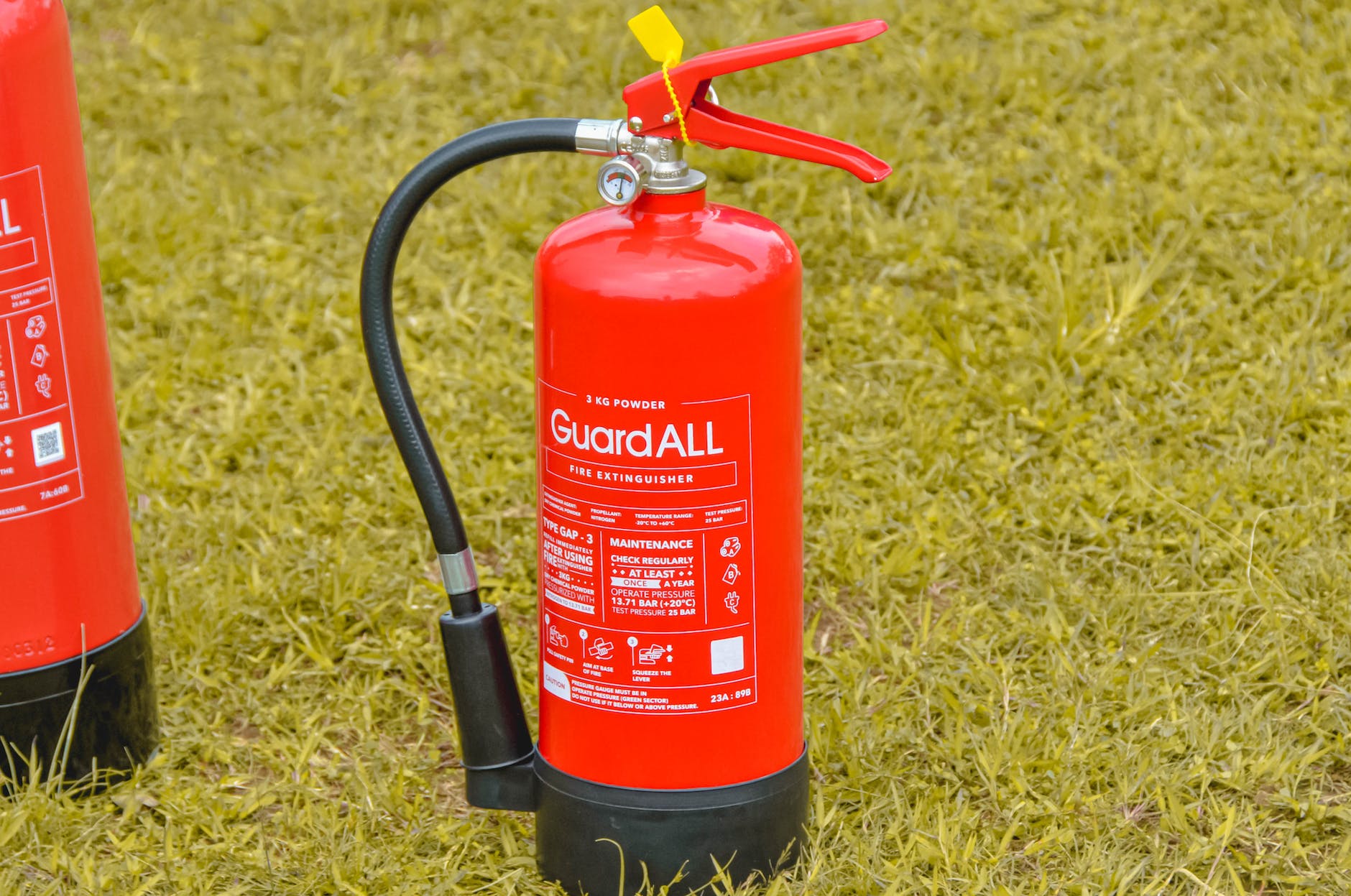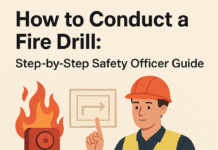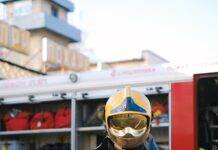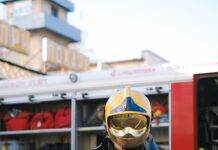
Why Class D Labeling is not mentioned on Fire Extinguisher?
In the realm of fire safety, understanding the different classes of fires and the corresponding fire extinguishers is crucial. You’ve probably come across fire extinguishers with labels such as Class A, Class B, and Class C, but have you ever wondered why there’s no mention of Class D labeling on these life-saving devices? In this article, we will delve into the world of fire extinguisher classifications, the enigmatic Class D fires, and why they are conspicuously absent from the labels of common fire extinguishers.
I. Fire Extinguisher Basics: Classifications and Labels
Fire extinguishers are indispensable tools in our efforts to combat fires, but their effectiveness depends on their classification and the type of fire they are designed to combat. The National Fire Protection Association (NFPA) has established a classification system to help people choose the right fire extinguisher for specific fire hazards. The familiar classes include:
A. Class A: Ordinary Combustibles
Class A fires involve common combustibles like wood, paper, cloth, and plastics. Fire extinguishers designed for Class A fires are marked accordingly.
B. Class B: Flammable Liquids and Gases
Class B fires involve flammable liquids and gases, such as gasoline, oil, and propane. Fire extinguishers for Class B fires have labels that reflect their suitability for these hazards.
C. Class C: Electrical Fires
Class C fires are electrical fires, which occur when electrical equipment or wiring malfunctions. Fire extinguishers for these situations are specially designed and labeled.
II. The Missing Class: Class D Fires
You may have noticed that Class D is conspicuously absent from the list above. This is not an oversight but rather a reflection of the unique nature of Class D fires.
A. Class D: Combustible Metals
Class D fires involve combustible metals, such as magnesium, sodium, and titanium. These fires require specialized extinguishing agents due to the high temperatures and unique challenges they pose.
III. Why Class D Labeling is Not Common
Now that we’ve identified Class D fires, you might be wondering why you rarely encounter fire extinguishers labeled for Class D fires. There are several reasons for this scarcity:
A. Specialized Nature
Class D fires are relatively rare compared to other fire types. They typically occur in industrial settings where combustible metals are present, such as manufacturing facilities or laboratories. As a result, the general public encounters them less frequently, leading to a lower demand for Class D fire extinguishers.
B. Unique Extinguishing Agents
Class D fires demand specialized extinguishing agents, such as dry powders, that are specifically designed to smother the fire and prevent reignition. These agents are not typically found in common household or commercial fire extinguishers, making them less familiar to the average person.
C. Limited Application
The application of Class D fire extinguishers is limited to specific industries and situations. They are not suitable for everyday fire emergencies, and their use requires training and expertise.
Class D fire extinguishers are designed specifically for extinguishing fires involving combustible metals, such as magnesium, titanium, sodium, and potassium. These fires are relatively rare in most settings, as combustible metals are not commonly found in everyday environments. Class D fires typically occur in industrial or specialized settings, like metalworking facilities or laboratories that work with these materials.
The reason Class D fire extinguishers are not commonly found or mentioned on general fire extinguisher labels is that they serve a very specific and limited purpose. Fire extinguishers are typically labeled and designed for more common fire types like Class A (ordinary combustibles like wood and paper), Class B (flammable liquids), Class C (electrical fires), and sometimes Class K (kitchen fires involving cooking oils and fats). These classes cover the vast majority of fire hazards encountered in homes, businesses, and public places.
Including Class D on a general fire extinguisher label might cause confusion for people who are not familiar with its specific use, and it could potentially lead to the incorrect use of the extinguisher on fires for which it is not suitable.
In industrial or laboratory settings where combustible metals are present, Class D fire extinguishers are typically provided, and employees or personnel working in those areas are trained on their proper use. These specialized extinguishers are often labeled with their intended use, but they are not as commonly seen in everyday life as the more general-purpose fire extinguishers.
IV. Conclusion
In conclusion, the absence of Class D labeling on common fire extinguishers is a reflection of the unique and specialized nature of Class D fires. These fires, fueled by combustible metals, are relatively rare and require distinct extinguishing agents and expertise. While Class D fires may not be a common household concern, understanding their existence and the need for specialized extinguishing methods is essential for those working in industries where these unique fire hazards are present.
Now that you have a better grasp of why Class D labeling is not mentioned on most fire extinguishers, you can make informed choices when it comes to fire safety in your environment.
Classification of Fire Extinguishers
Classes of Fire as per European Standard
Classes of Fire as per Indian Standard (IS 15683:2018)
V. Frequently Asked Questions (FAQs)
- Are Class D fires really that rare? Class D fires are less common in everyday life but can pose significant risks in certain industrial settings, which is why specialized extinguishing agents are necessary.
- Can I use a Class A, B, or C fire extinguisher on a Class D fire? No, using the wrong type of fire extinguisher can be dangerous. It’s crucial to use a Class D fire extinguisher specifically designed for combustible metal fires.
- How can I obtain a Class D fire extinguisher for my workplace? You should consult with a fire safety professional to assess the fire risks in your workplace and determine whether a Class D fire extinguisher is necessary.
- What safety measures should be in place for dealing with Class D fires? Proper training, the presence of Class D extinguishers, and clear emergency procedures are essential for dealing with Class D fire hazards.
- Are there any recent advancements in Class D fire safety equipment? Fire safety technology is continually evolving, so it’s a good idea to stay updated on the latest developments and equipment in the field of fire safety.
Remember, when it comes to fire safety, knowledge and preparedness are your best allies. Stay safe and informed!
























